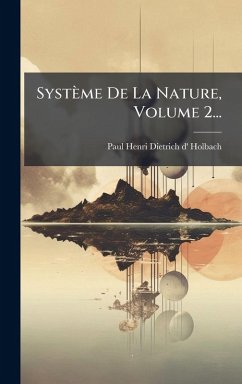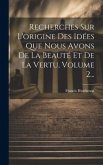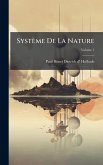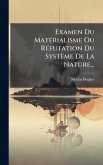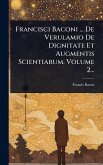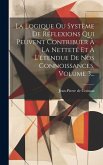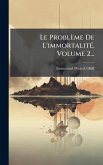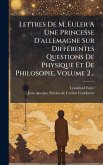Système de la Nature, Volume 2, by Paul Henri Dietrich d'Holbach, is a landmark of Enlightenment philosophy. This volume continues d'Holbach's radical materialist and atheist arguments, challenging conventional religious and philosophical beliefs of the 18th century. D'Holbach systematically dismantles the concept of a divine creator and explores a universe governed solely by the laws of nature. His work is a bold assertion of reason and a rejection of superstition, advocating for a morality grounded in human well-being rather than religious dogma. This influential text remains a vital contribution to discussions on atheism, materialism, and the relationship between science and philosophy. It offers a profound examination of the natural world and humanity's place within it. This work has been selected by scholars as being culturally important, and is part of the knowledge base of civilization as we know it. This work was reproduced from the original artifact, and remains as true to the original work as possible. Therefore, you will see the original copyright references, library stamps (as most of these works have been housed in our most important libraries around the world), and other notations in the work. This work is in the public domain in the United States of America, and possibly other nations. Within the United States, you may freely copy and distribute this work, as no entity (individual or corporate) has a copyright on the body of the work. As a reproduction of a historical artifact, this work may contain missing or blurred pages, poor pictures, errant marks, etc. Scholars believe, and we concur, that this work is important enough to be preserved, reproduced, and made generally available to the public. We appreciate your support of the preservation process, and thank you for being an important part of keeping this knowledge alive and relevant.
Bitte wählen Sie Ihr Anliegen aus.
Rechnungen
Retourenschein anfordern
Bestellstatus
Storno

